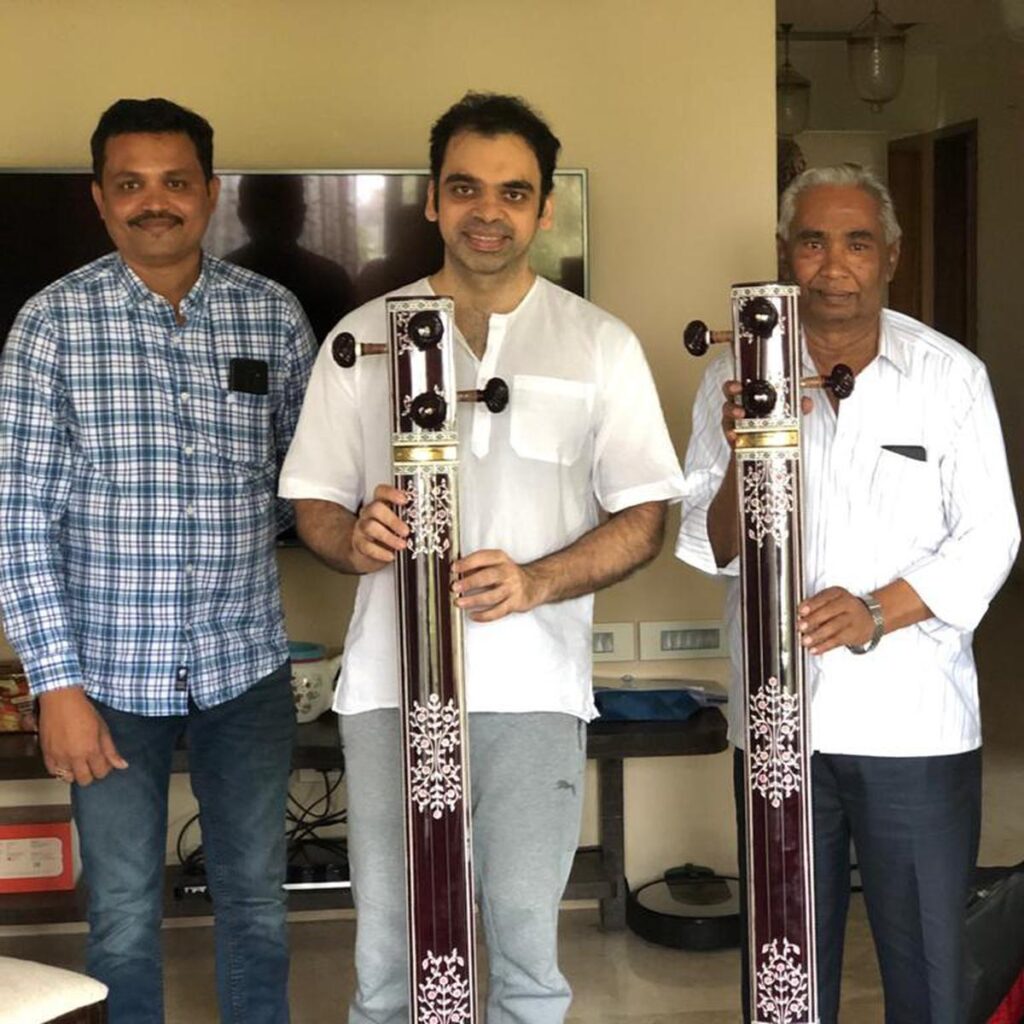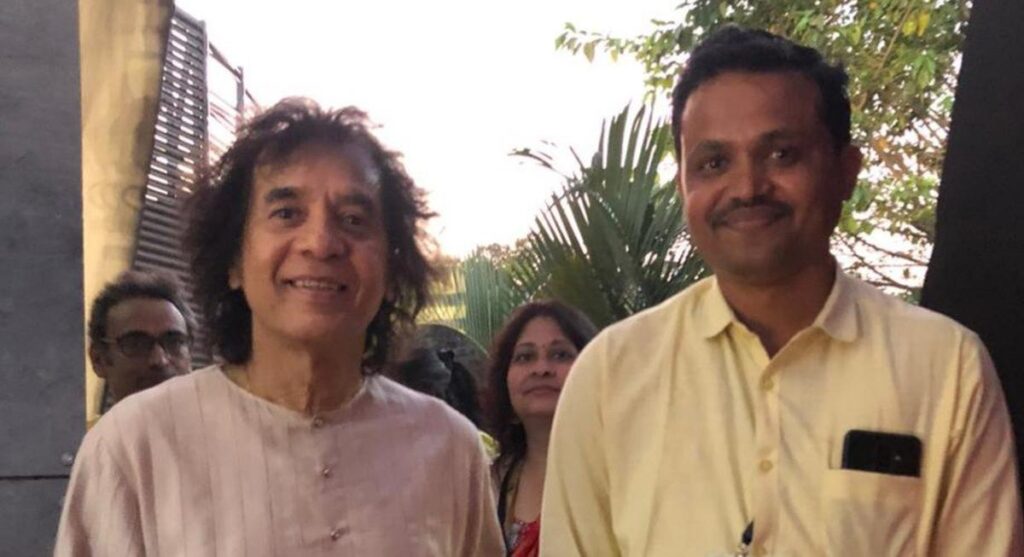Miraj, GOA :
Traditional makers of classical Indian string instruments worry about the extinction of their art, with little interest among the younger generation, and most of their clientele now based abroad.

For generations, Altaf Mullah and his family, residents of Miraj in Goa, have been in the business of tuning the strings and twisting the pegs of Indian string instruments such as the tanpura, surbahar, rudra veena and vichitra veena. They are currently headed for a tour of the United States and the United Kingdom, to hold workshops on how best to keep these instruments tuned, for their clients abroad, a number that now oustrips their domestic market.
On the face of it, it seems as though Mr. Mullah and his family have negotiated the ravages of modernity on traditional businesses quite well, by shifting their client base abroad. But the story is quite different. In fact, the workshop is being sponsored by the Indian Council for Cultural Relations (ICCR) after a distress email from Mr. Mullah, who feared the extinction of this art of making and maintaining string instruments.
“We are the fifth generation making these string instruments. We were given Rajashray (royal patronage) in 1862, but the way things were going, this art would not survive beyond this generation. We make upto ₹500 per day, the younger generation is not that attracted to it,” says Mr. Mullah. His father, Yusuf Mullah, is a much-feted string instrument maker, with Hindustani music maestro Bhimsen Joshi having been a faithful patron.
After having knocked on many doors, Mr. Mullah wrote to ICCR president Vinay Sahasrabuddhe about the systemic and immediate problems faced by his tribe of string instrument makers. “For 1.3 billion people, and countless afficianados abroad, there are only 220 karigars (artisans), mostly concentrated in Goa or Kolkata,” he said.
Mr. Sahasrabuddhe’s response was immediate, and one of the first things he did was to set up a meeting between Mr. Mullah and the Postmaster General of India, in New Delhi. “Our immediate issue was that the parcels of instruments that we used to send abroad [which is the bulk of the business] were through speed post. The department of posts changed it from weighted charges to volumetric post, that raised our costs by three times the amount. We were really struggling,” said Mr. Mullah. The Postmaster General agreed to make an exception for the parcelling of string instruments and some relief was gained.
“Our major problems, however, remained. Our worst period was of course between 1990-2000 with the rising popularity of electronic instruments. Fortunately, acoustic sound made a quick comeback, and our business went up again, but not enough to attract the next generation,” he said.
Mr. Sahasrabuddhe told The Hindu that preserving the tradition of making and maintaining Indian string instruments was important as they were “the tangible and intangible heritage of India, and Indian musical tradition.” In fact, there is now talk of standardising a curriculum via the All India Council for Technical Education (AICTE) for this purpose, to create a base of instrument makers, and prevent the skill from dying.
The Mullahs’ client list, ranging from composer A.R. Rahman to India’s nightingale, the late Lata Mangeshkar, to Bhimsen Joshi and tabla maestro Zakir Hussain — reads like the who’s who of Indian music.

Indian string instruments, especially the tanpura, have been historically referenced through much of Indian history. In his devotional song, “O Sadho”, the poet-saint Kabir draws a parallel between the human body and the tanpura. “ Yaha tan thaata Tambure kaa, paanch tatwa ka banaa hai Tambura, khaenchta taar marodata khoonti, Nikalta raag hajure ka, O Sadho” (O seekers, this body is a splendid tanpura, made of five elements, strung together with nine resonances. Tighten the strings, twist the pegs and it sings the song of the Lord).
As the irreplaceable accompaniment to the sound track of India, the tanpura, struggling for breath, was hoping to “get a ventilator soon”, said Mr. Mullah.
source: http://www.thehindu.com / The Hindu / Home> News> India / by Nistula Hebbar / December 04th, 2022








